Love the rich, full flavour of the produce from your neighbourhood farmers’ market? Or perhaps you’re always coming from the grocer with a bouquet of flowers for your dining room table? A green thumb isn’t as uncommon as you think: with the right soil, a few gardening tools and some patience, you can nurture a garden that will yield both beautiful floral arrangements and food to feed you and yours. The benefits of organic gardening at home go beyond just your property: growing a garden without pesticides or synthetic fertilizers is also a great way to reduce your environmental impact. Here is everything you need to know, from organic gardening tips to the overall benefits of organic gardening.
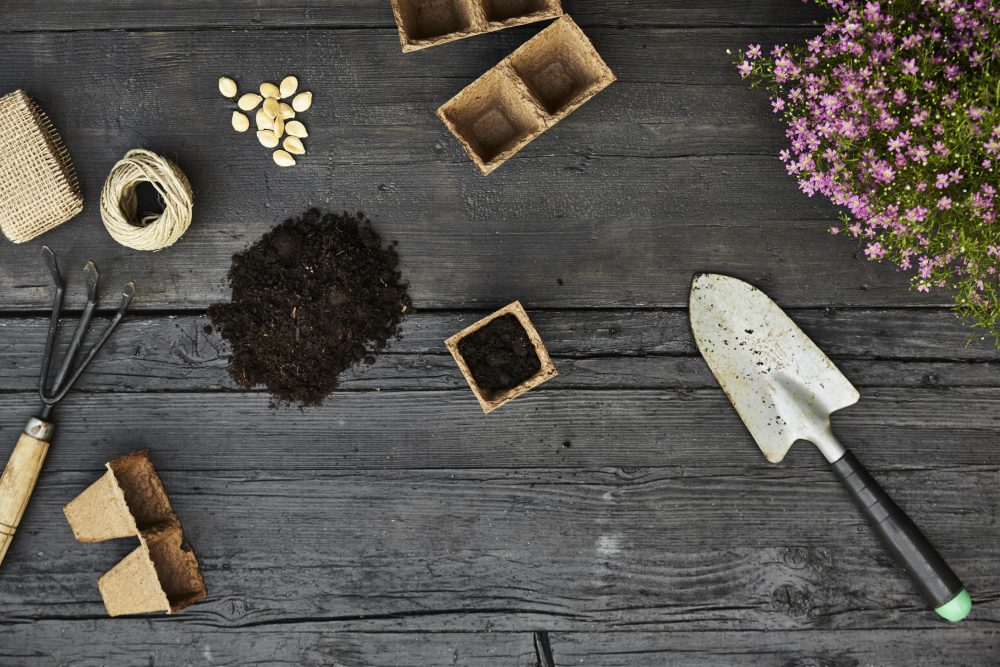
Supplies
Before you decide to start organic gardening at home, you’ll need to make sure your seeds are given the best environment to succeed: a spot with a decent amount of light and good soil conditions. To get started, you’re going to need to get your hands on some mulch, which serves as a protective covering for the soil. The mulch also allows soil to keep its moisture and improves the soil’s fertility. You can grab a whopping 56.6 litre bag of it from Canadian Tire for $7.

Supplies
When it comes to organic gardening supplies, you’ll want to ensure your planting ground is clear of weeds – these uninvited guests have a bad habit of smothering gardens and will vie with your plants for nutrients, light and water. You’ll have an easier time keeping the weeds at bay once you have your mulch down – but, if you need to deal with them before then, try picking up a handheld weeder from your neighbourhood hardware store for $8.
Related: How to Makeover Your Backyard for Spring for Less Than $100

Black-Eyed Susan
The black-eyed Susan is one of the most visually arresting summer flowering plants, and one of the most common plant when organic gardening at home: their lemon-coloured petals encircle their dark pistils, swathing your garden in a resplendent mass of gold and black. This perennial flower comes to blossom when summer wanes and will last for several weeks once fully bloomed.
Related: The Easiest Shade-Loving Plants to Grow in Your Yard
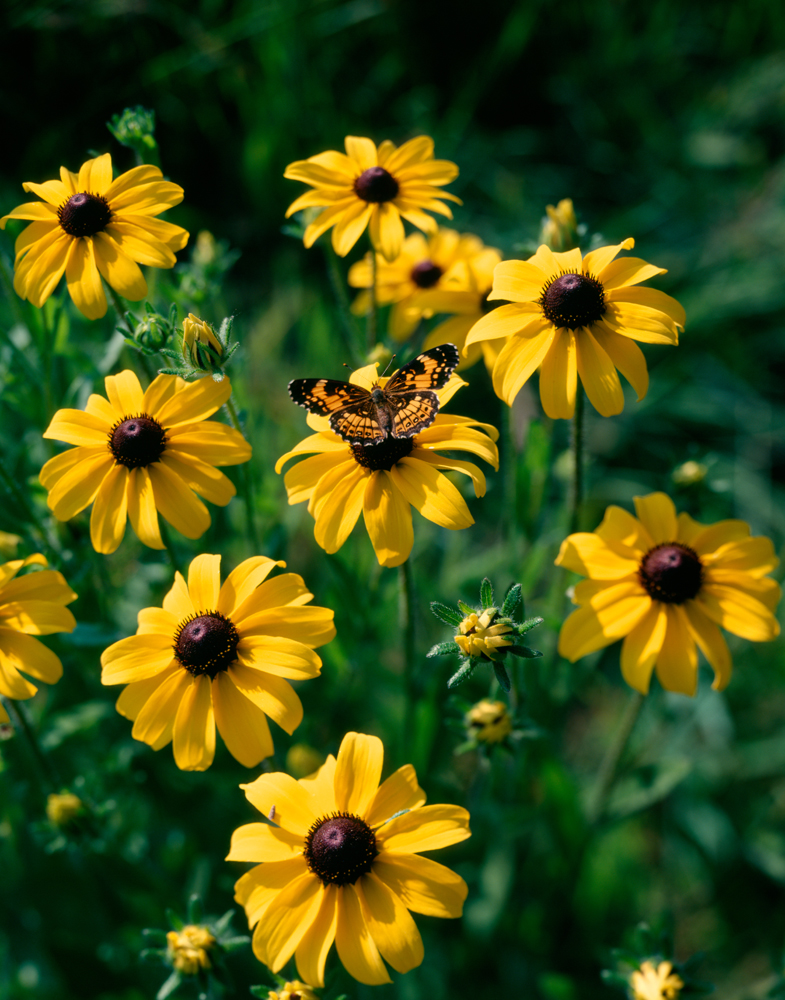
Black-Eyed Susan
Black-eyed Susans prefer direct sunlight and thrive in moist, well-drained soil. You’ll want to plant them close together in soil that is loosely packed. These flowers are quite demanding on the soil and do best when planted in their own section of the garden. You can get a pack of black-eyed Susan seeds for just $5. You should plant black-eyed Susans between March and May, they will flower between June and September.
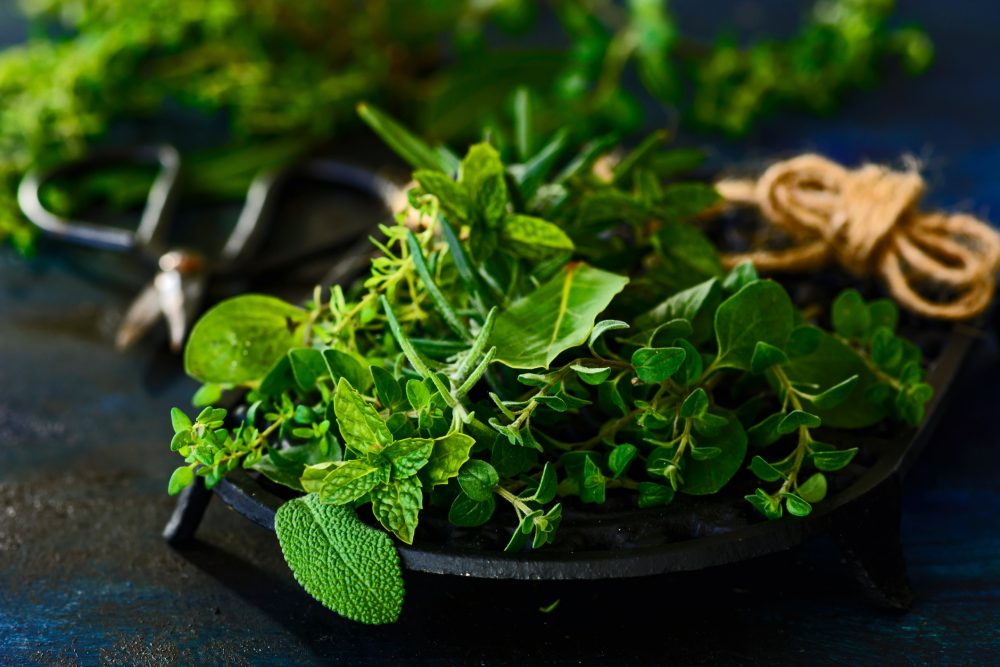
Oregano
Want a solid organic gardening tip? Go with oregano, a plant with great culinary range that adds flavour and depth to many Mediterranean and Italian dishes. Oregano is a great addition to vegetables, pastas and meats, especially lamb.
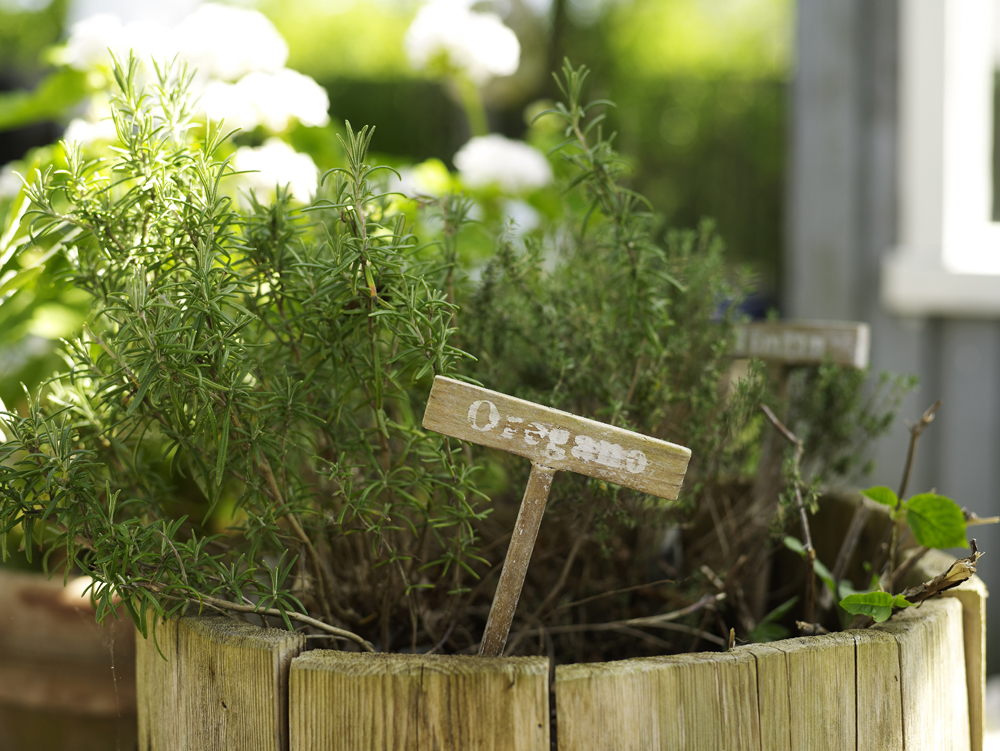
Oregano
This summer plant needs a fair bit of heat and sunlight to germinate and should be planted eight to 10 inches apart. Oregano does best when watered sparingly, so only water it when the soil is completely dry to the touch. Oregano seeds are only $2 a pack. If you’re planting a seedling, you’ll want to plant after the last spring frost. If you’re starting from seeds, it’s best to get them in the ground six to 10 weeks before the last frost.
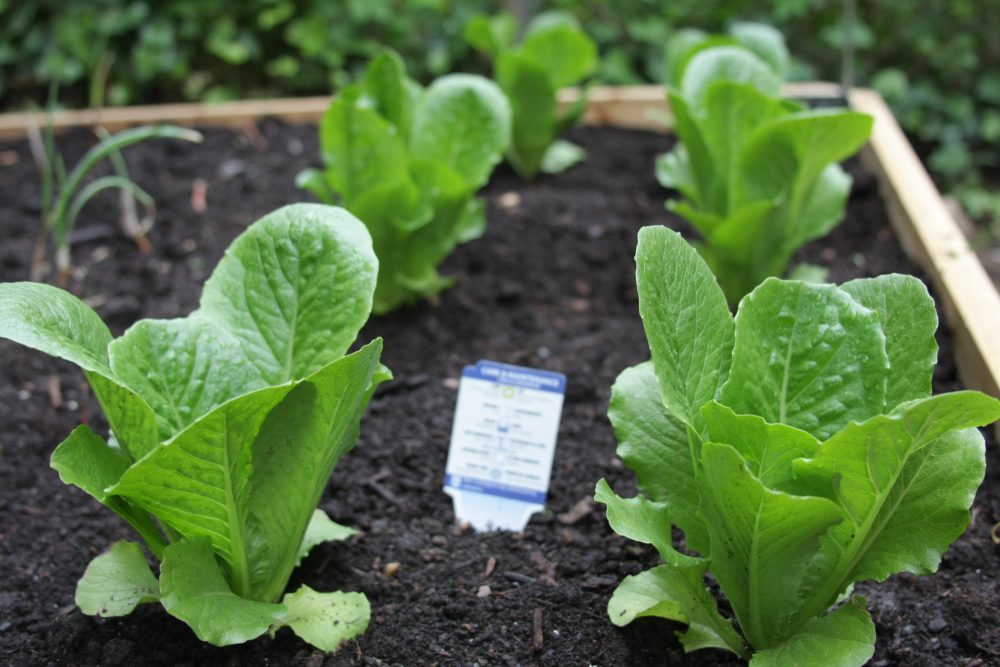
Spinach
Spinach has gained a lot of clout as a staple in the health food scene. Rich in Vitamins K, A and C, this vegetable is extremely versatile in that it can be eaten raw or cooked and adds a great dose of greenery and fibre to your meals. It’s one of the best summer garden plants to include in your crop rotation if you’re trying to get a lot of vegetables into your diet. Spinach can serve as a great base for summer salads like this Spinach Salad with Raspberry Vinaigrette and Candied Walnuts.

Spinach
Some people choose to soak their spinach seeds for 24 hours one week before they get into the soil; this gives the seeds all the moisture they need to speed through some of their germination. In areas with a long, cold spring, you can plant right up until mid-May. You’ll want to plant the seeds about an inch apart and leave 14 inches between rows as the leaves need room to reach their full size. A pack of spinach seeds will set you back just $2.
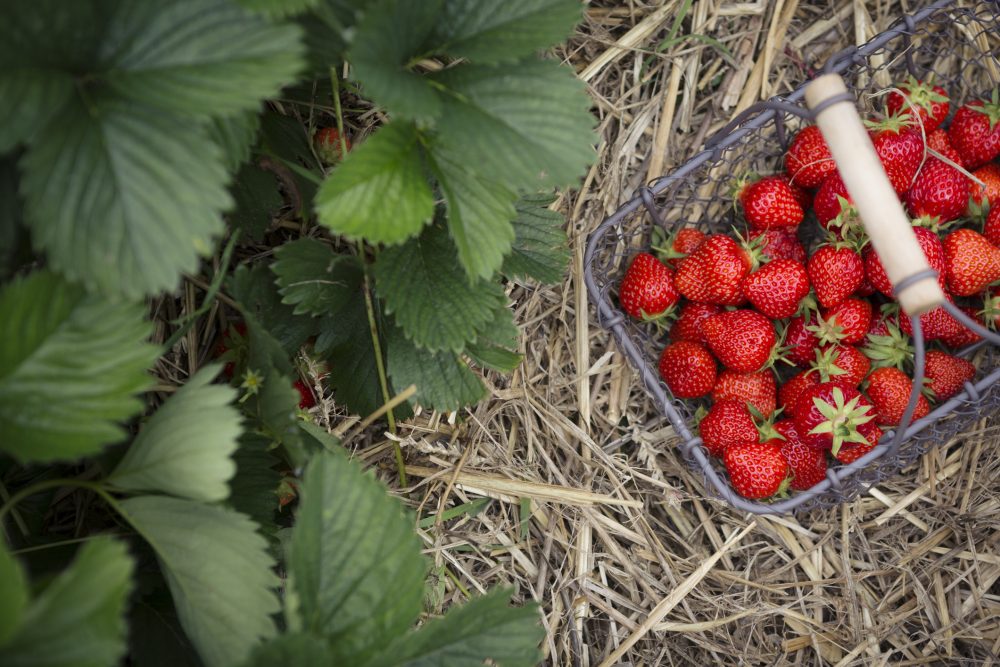
Strawberries
It’s hard not to love strawberries: the tart, succulent fruit always finds a way to make a creative appearance. This spring plant can show up on the rim of your cocktail glass as a garnish or on your chocolate drizzled sundae as a topping. It’s also a great ingredient in both fruit and vegetable salads and is a low-calorie option to blend into a smoothie as well.

Strawberries
Strawberry plants can be planted between late April and the end of May. If you want a bit more of a challenge, the strawberry seed requires a bit more attention than some of the other plants in your garden. You’ll need to put the seeds in your freezer for a few weeks near the end of February: this is to simulate winter. After this, you can keep them indoors in a seed tray in direct sunlight until they grow three or four leaves. This should take you to April or May, which is the best time to plant strawberries.
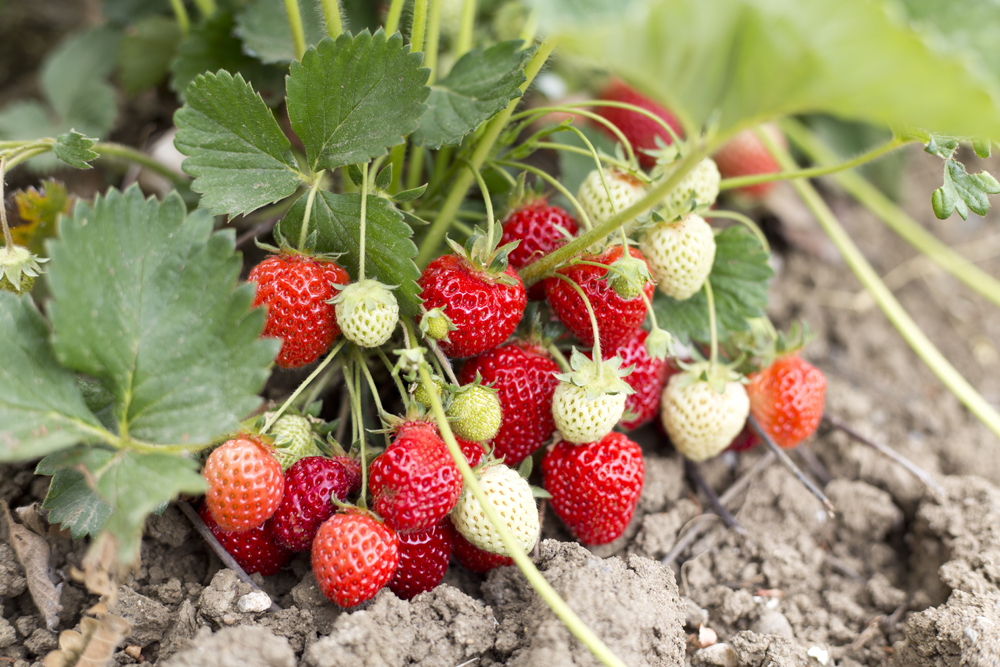
Strawberries
When they reach this stage, they are ready to be outside in the shade for a few hours each day to adjust to the climate outdoors. Once you’re able to leave the strawberries out overnight, feel free to transfer them to your garden, where they will take four to six weeks to bear fruit. You can get a pack strawberry seeds for $5.

Red-Hot Poker Flowers
The red-hot poker is a fitting moniker for this lanky, alluring plant. This plant, hailing from the lily family, has a slender stalk which balances a brambly, blaze-coloured bulb. It is one of the best flowers to plant in spring if you want to attract the wildlife the season has to offer: the red-hot poker’s nectar can summon hummingbirds and butterflies to your own backyard.
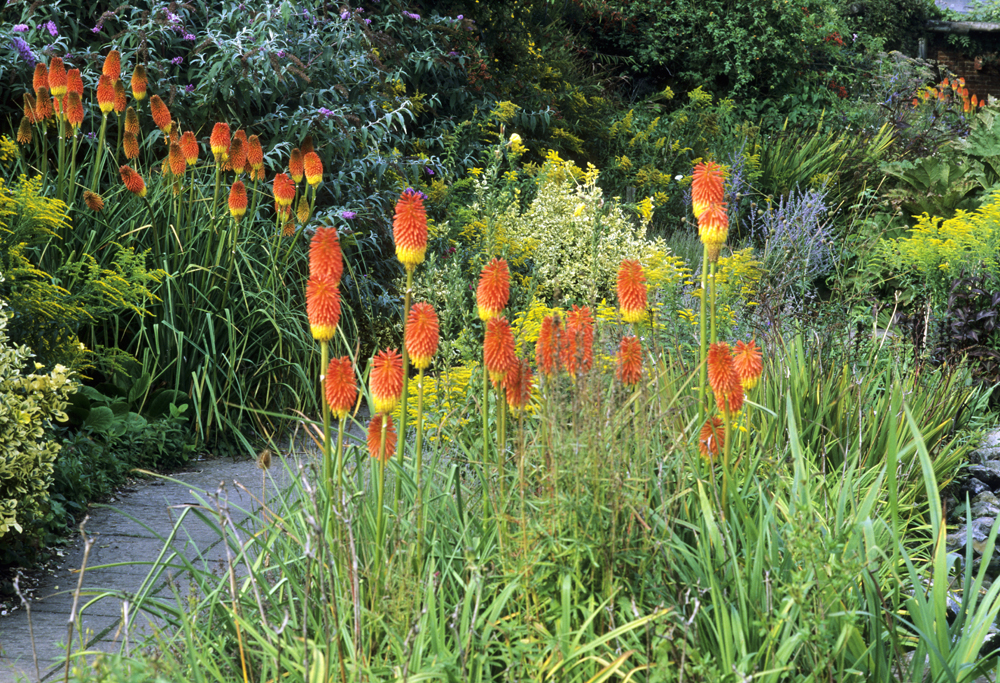
Red Hot Poker Flowers
Red-hot pokers do best in early spring and need a fair bit of space to reach their remarkable height. They need to be planted in a spot where they will be able to soak up a full day’s worth of sunlight and also thrive in soil that drains well. You can pick up a pack of seeds for $5.

Primrose
The primrose is a gorgeous, butter-coloured spring perennial with a profuse bloom. They are a great springtime feature for your garden. They retire gracefully with summer’s arrival and will go dormant in your soil until the following spring.
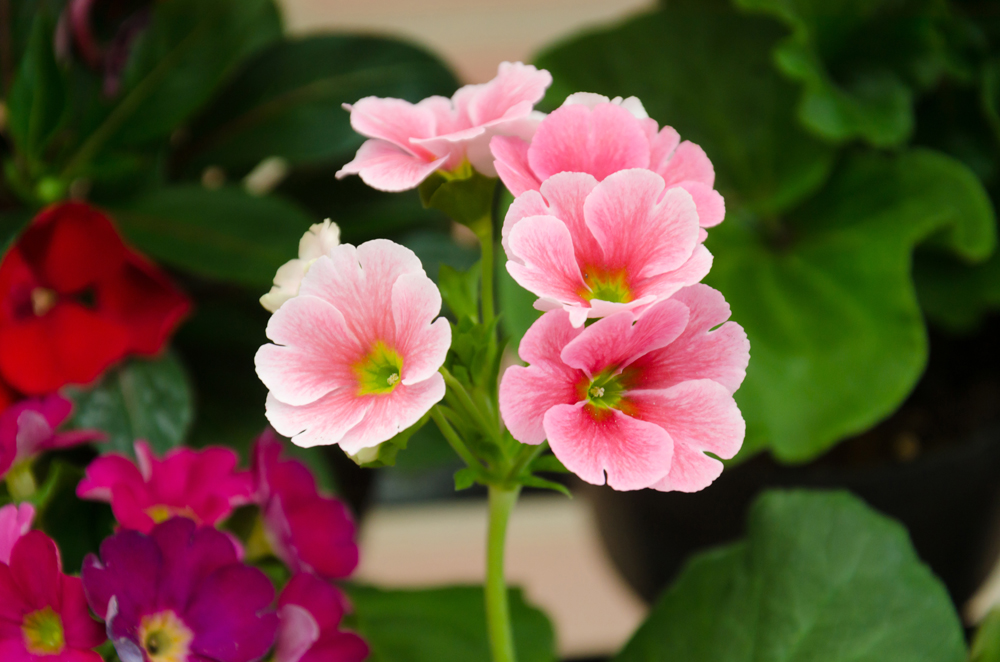
Primrose
You’ll want to plant them in an area with a bit of shade and water them about an inch a week. They are best planted in springtime and should be sown six to 12 inches apart and planted four to six inches deep. A pack of seeds will run you $2.
Related: Weird Plant Tips for Your Home and Garden That Actually Work
HGTV your inbox.
By clicking "SIGN UP” you agree to receive emails from HGTV and accept Corus' Terms of Use and Corus' Privacy Policy.




